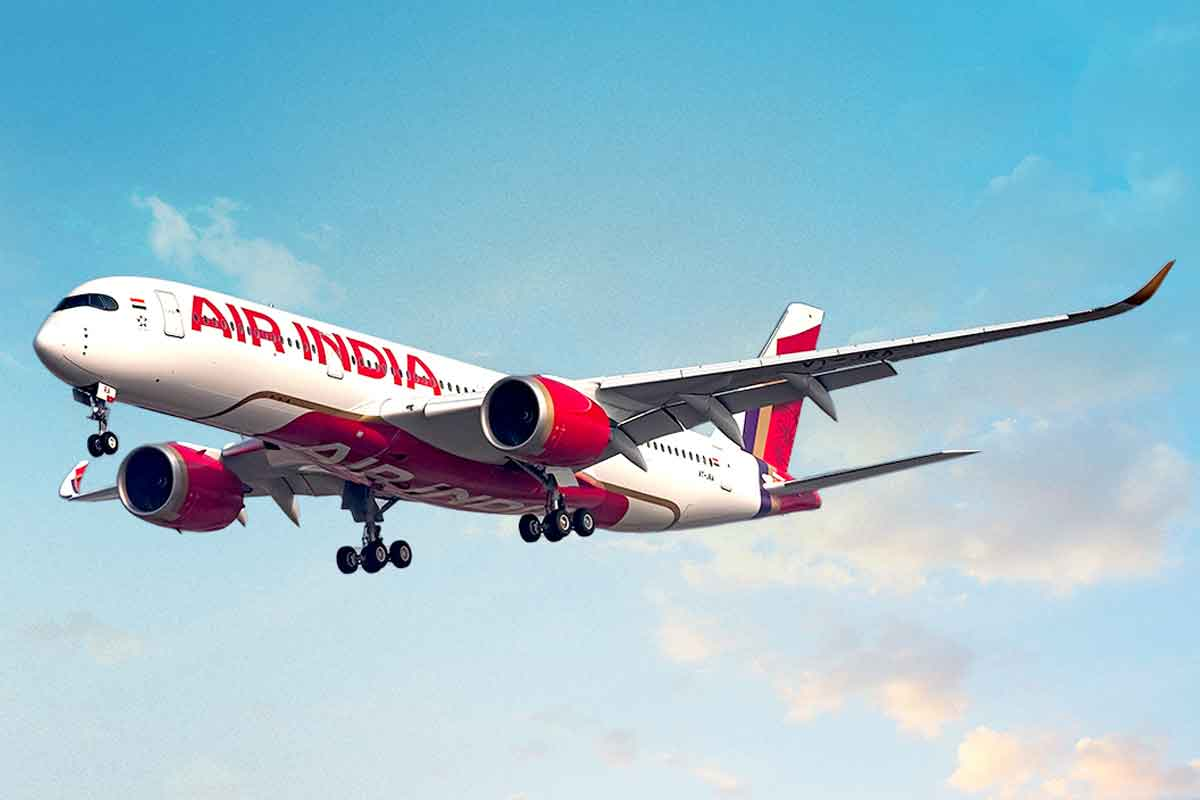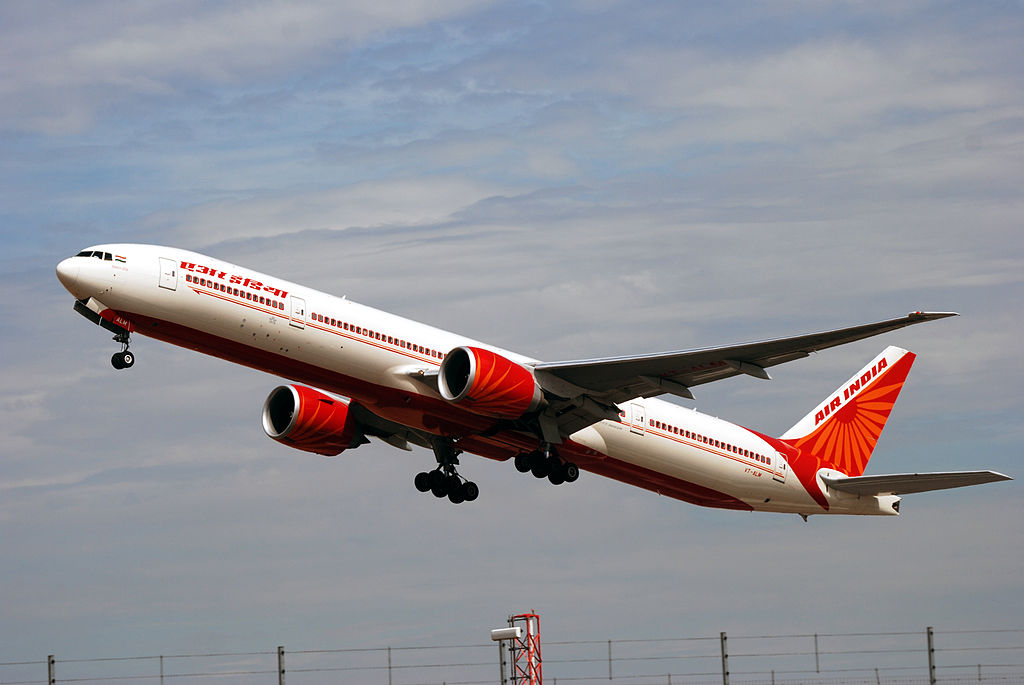Comparing Air India: Pre and Post the TATA Takeover
Ever since the TATA takeover in 2022, Air India has undergone a plethora of changes. From fleet upgrades to mergers, will the airline be able to regain its lost glory?
A Brief History:
- Air India was founded by Industrialist JRD Tata in 1932 as Tata Air Services.
- He was the first licensed commercial pilot of the nation and had a deep passion for aviation.
- It was renamed Air India in 1946 and became India's flag carrier.
- It was once one of the world's greatest airlines, symbolizing luxury in the skies until it was nationalized in 1953.
- After the government takeover, quality of service began deteriorating and its international reputation crumbled, after decades of mismanagement, financial losses, and aging infrastructure.
- Now, it has been rapidly improving after it was bought by the TATA Group again in 2022.
- The airline was government run, under heavy bureaucracy.
- It maintained a fleet of aging aircraft, without much refurbishment.
- Quality of service had deteriorated, the airline was criticized for delays, torn seats, and poor quality of service.
- The airline once iconic was now seen as a legacy burden.
- Fleet Modernization:
- Air India has purchased a whopping 470 new aircraft, including 250 and 220 Airbus and Boeing Jets respectively.
- The Airbus planes ordered are 140 A320neos, 70 A321neos, 6 A350-900s and 34 A350-1000s.
- The Boeing planes ordered are 190 737 MAXs, 20 787-9s and 10 777-9s.
- These new aircraft will feature the new and modernized livery, seating, configuration, et cetera.
- Additionally, the airline is retrofitting its old aircraft. All 27 A320-neos used on short haul flights will be retrofitted by the third quarter of 2025.
- Old 777s and 787s will be refreshed with fresh seating, while they're retrofitting will commence in 2026-2027.
- Vistara, a joint venture with Singapore Airlines, is a premium full-service carrier which has been merged with Air India.
- As a result, a quarter of Air India is owned by Singapore airlines.
3. Customer Experience Overhaul
-
On-Time Performance: Steady improvements noted across major domestic and international routes.
-
In-Flight Services: Better-trained crew, improved meal quality, and newer IFE systems especially on long-haul and refurbished aircraft.
-
Digital Revamp: Updated website and mobile app, more responsive customer service, and smoother booking experience.





Comments
Post a Comment